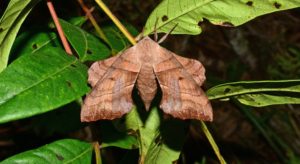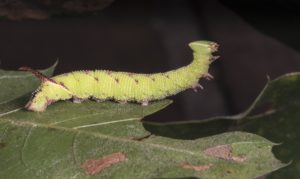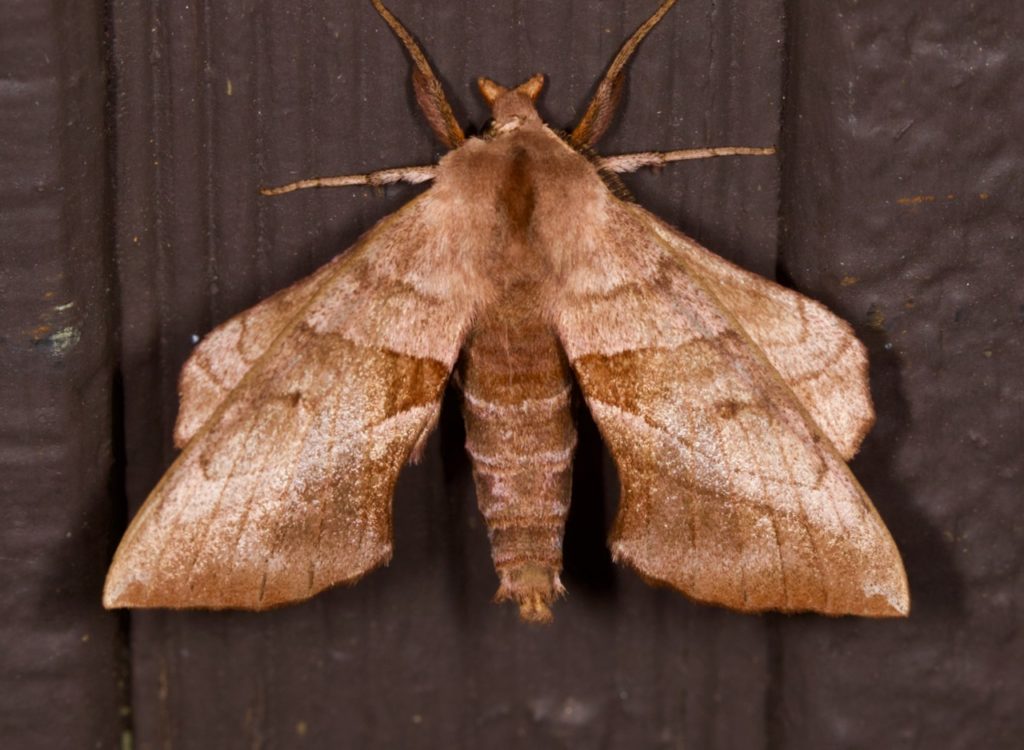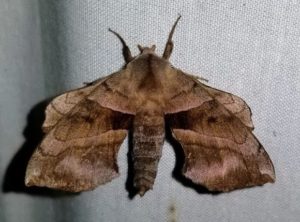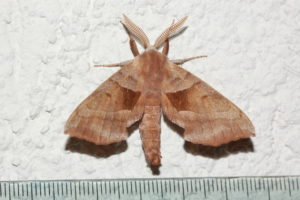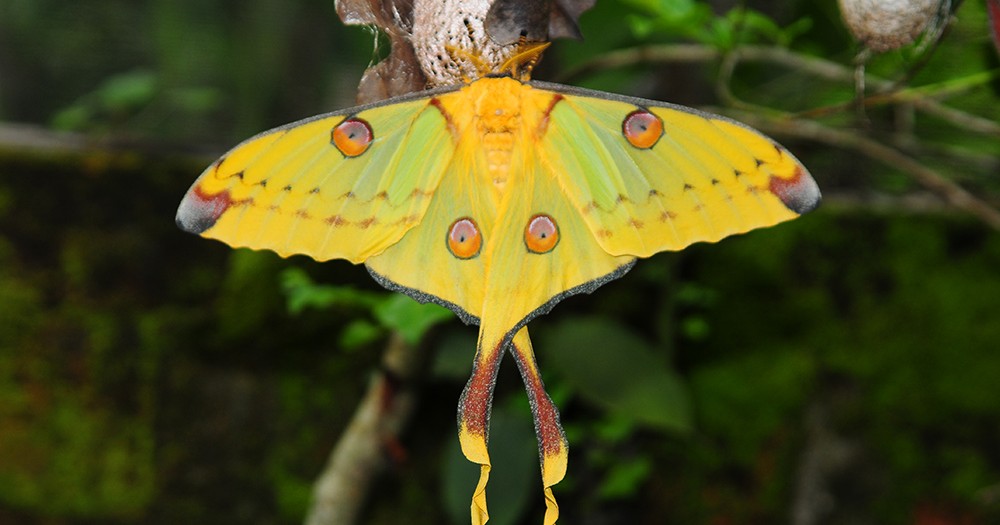Walnut Sphinx Moth (Amorpha juglandis)
The walnut sphinx moth is a member of the family of the hawk moths. English botanist James Edward Smith first described it in 1797.
Live.staticflickr.com
Scientific Classification
- Family: Sphingidae
- Genus: Amorpha
- Scientific Name: Amorpha juglandis
Description and Identification
Caterpillar
They have a greenish body with white bumps spaced evenly and a pointed head. The larvae mainly feed on walnut besides other plants like butternut, and hazelnut.
They often make a “squeaking” sound by releasing air from their abdominal spiracles as a way to startle predators and scare them off.
Pupa
After the caterpillars mature, they begin to pupate.
Adult Moth
Sexual Dimorphism: Present but not prominent.
Color and Appearance
When the wings are opened, either a light or dark brown coloration may be observed, with tinges of pink or white. The patterns running throughout the wings could either appear pronounced or a little faint. When the wings are closed, the color remains unchanged, but the patterns are a little faded.
Average wingspan: 45–75 mm
Flight pattern: Erratic
Season: May to August
Egg
Females lay their eggs close to the host plant, soon after mating. They are big, the shape varying from round to oval.
Quick Facts
| Distribution | North America; primarily Missouri and states east of the Rocky Mountains |
| Habitat | Deciduous woodlands |
| Lifespan of Adults | Not recorded |
| Host Plants | Alder, beech, butternut, hazelnut, hickory, hophornbeam, and walnut |
| Adult Diet | Does not feed |
Scientific Classification
- Family: Sphingidae
- Genus: Amorpha
- Scientific Name: Amorpha juglandis

